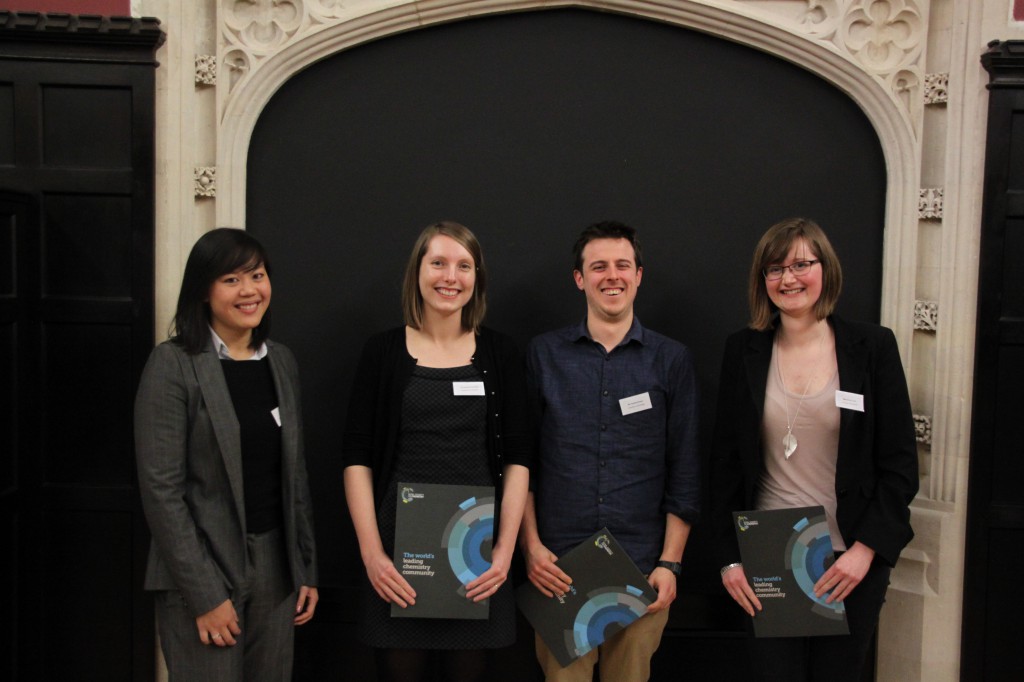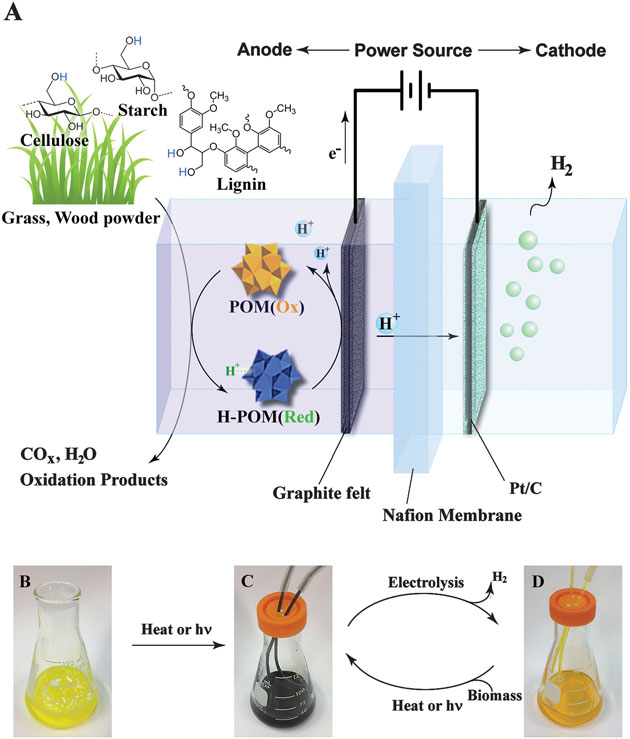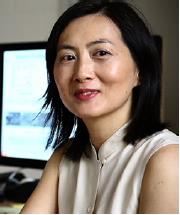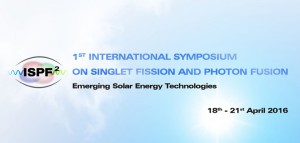Following the success of Peer Review Week in September 2016 (dedicated to reviewer recognition) during which we published a list of our top reviewers, we are delighted to announce that we will continue to recognise the contribution that our reviewers make to the journal by announcing our Outstanding Reviewers each year.
We would like to highlight the Outstanding Reviewers for Energy & Environmental Science in 2016, as selected by the editorial team, for their significant contribution to the journal. The reviewers have been chosen based on the number, timeliness and quality of the reports completed over the last 12 months.
We would like to say a big thank you to those individuals listed here as well as to all of the reviewers that have supported the journal. Each Outstanding Reviewer will receive a certificate to give recognition for their significant contribution.
| Professor Katsuhiko Ariga, National Institute for Materials Science, Tsukuba |
| Professor Juan Bisquert, Universitat Jaume I |
| Professor Jaephil Cho, Ulsan National Institute of Science and Technology |
| Dr Seth Darling, Argonne National Laboratory |
| Dr Chengdu Liang, Oak Ridge National Laboratory |
| Professor Xiong Wen (David) Lou, Nanyang Technological University |
| Professor Gaoquan Shi, Tsinghua University |
| Dr Yexiang Tong, Sun Yat-Sen University |
| Dr Sheng S Zhang, U.S. Army Research Laboratory |
| Professor Xinbo ZHANG, Changchun Institute of Applied Chemistry (CIAC) |
We would also like to thank the Energy & Environmental Science board and the Energy community for their continued support of the journal, as authors, reviewers and readers.
If you would like to become a reviewer for our journal, just email us with details of your research interests and an up-to-date CV or résumé. You can find more details in our author and reviewer resource centre












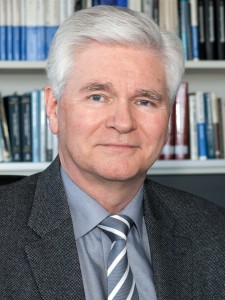
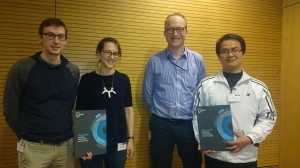
![IWPEEA_Banner-799x261[1]](https://blogs.rsc.org/ee/files/2016/04/IWPEEA_Banner-799x26112-300x97.png)
